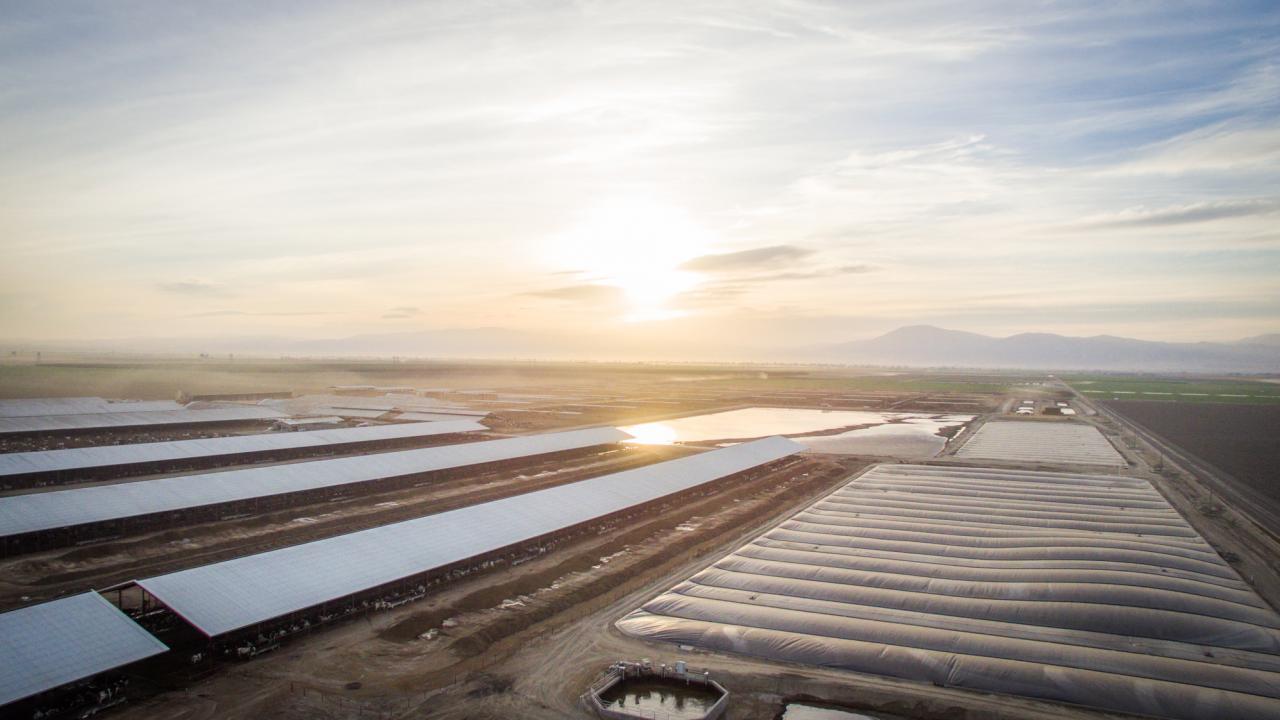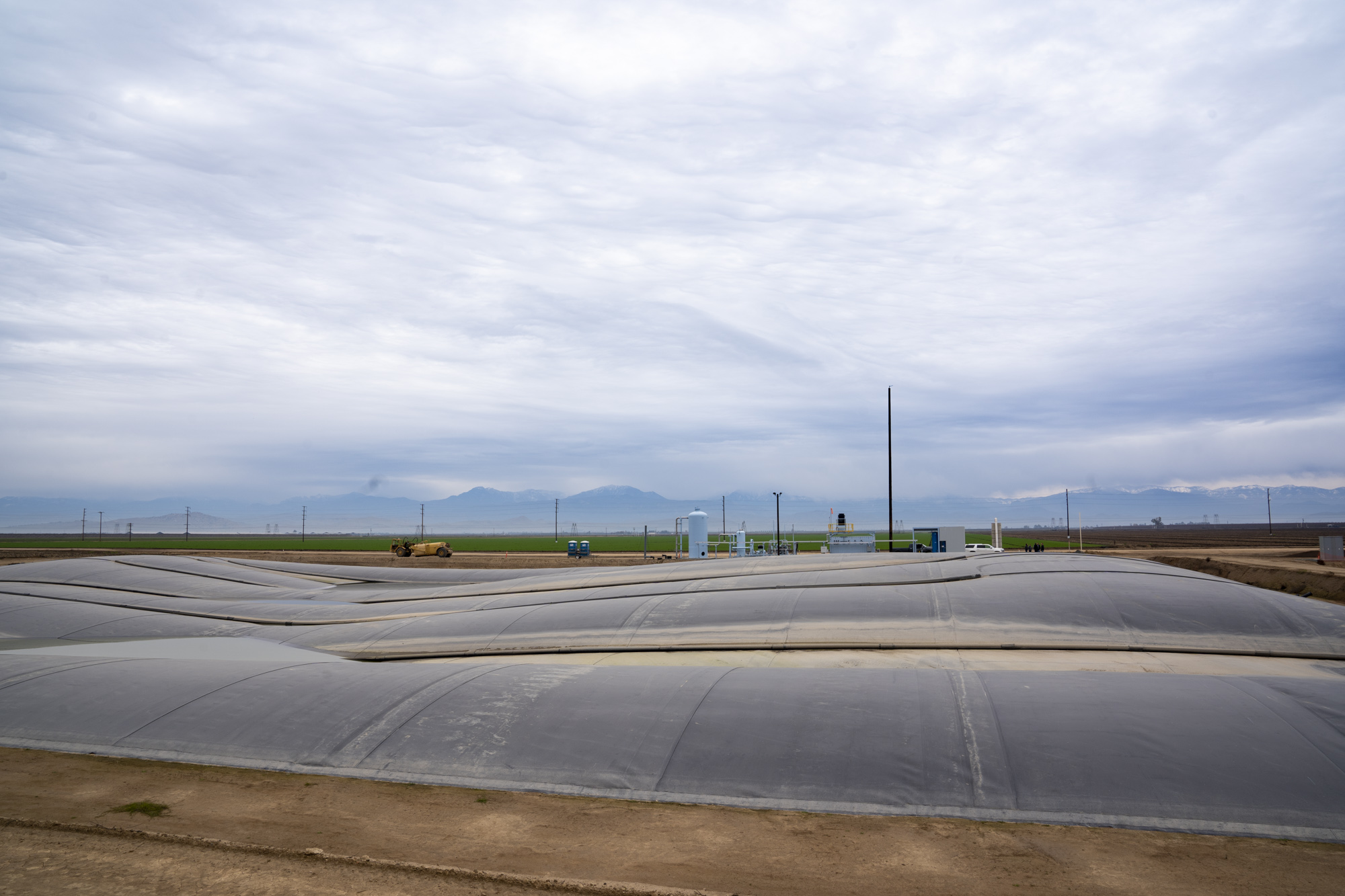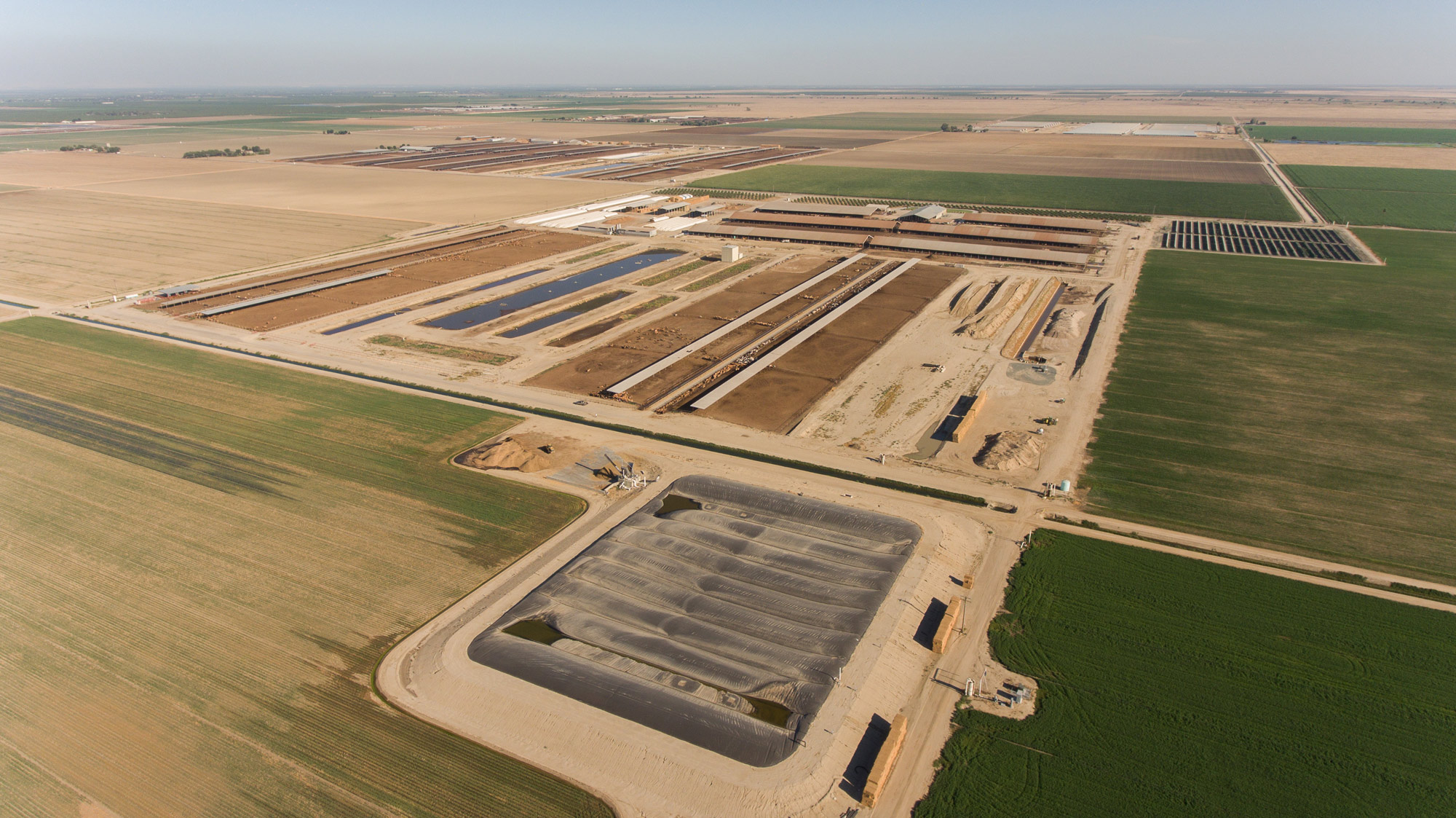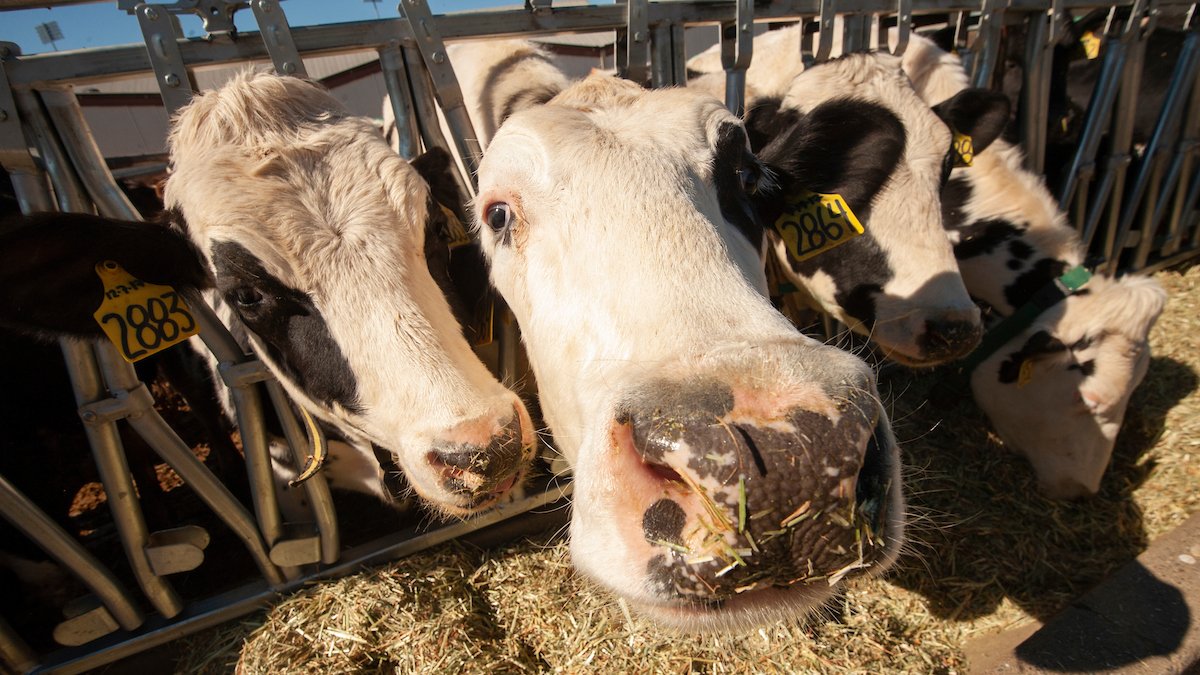
What is a Dairy Digester and How Does it Affect Methane Emissions?
Dairy Digesters and their role in combating climate change

GHG Guru Blog: No BS – Dairy Digesters Work
Managing waste – that is cattle manure and urine – is an essential part of dairy production. The most common way manure is managed in the dairy industry is with lagoons. This system stores waste in fluid form within a large concrete basin that is exposed to the air. It’s essentially a pool, in which the waste is held. Lagoons help farmers remove feces and urine from a cow’s living area to make sure it is sanitary for the animals.
The anaerobic environment of the lagoon is perfect for microbes to break down the organic waste and create greenhouse gases like methane. While a lot of research is dedicated to curbing emissions from enteric fermentation (i.e., emissions coming directly from cattle “burping”), almost 10% of US methane emissions come from manure management practices. To combat the issue, the White House released the U.S. Methane Emissions Reduction Action Plan, and partnered with the USDA and farmers across the country to renew efforts to reduce methane emissions from agriculture.

Why dairy digesters are important
In California, the state government wants to reduce greenhouse gas emissions levels by 80% below 1990 levels by 2030. This is where anaerobic digesters on dairies come into play. The technology helps change how manure and urine is managed to decrease greenhouse gas emissions. Overall, efforts are going well. According to Dairy Cares, there are now a total of 185 digesters servicing 194 dairies across all of California – including functioning digesters and those under construction. The investment in dairy digesters started more heavily in 2015, spearheaded by the Dairy Digester Research and Development Program (DDRDP) from the California Department of Food & Agriculture.

How does a dairy digester work?
Dairy digesters prevent greenhouse gases like methane formed in lagoons from reaching the atmosphere. Anaerobic digesters stop gases from escaping because the lagoon’s surface is covered and the gases trapped inside. Once trapped, they can be used for a variety of purposes. For example, the gas can be burned for renewable electricity, but is more commonly used for vehicle fuel. The captured gases from digesters can be injected into natural gas pipelines to power renewable natural gas (RNG) vehicles. The RNG from dairies digesters replaces more carbon-intensive fuels like gasoline and diesel. A study by the California Air Resources Board, comparing RNG vehicles with standard gasoline/diesel vehicles, found that RNG vehicles required on average 49 and 359% less carbon in order to run the vehicles.

Misleading climate statements rampant in IATP's dairy report
The organization’s recent paper, “Milking the Planet: How Big Dairy is Heating Up the Planet and Hollowing Rural Communities,” is rife with misleading and dubious statements.
